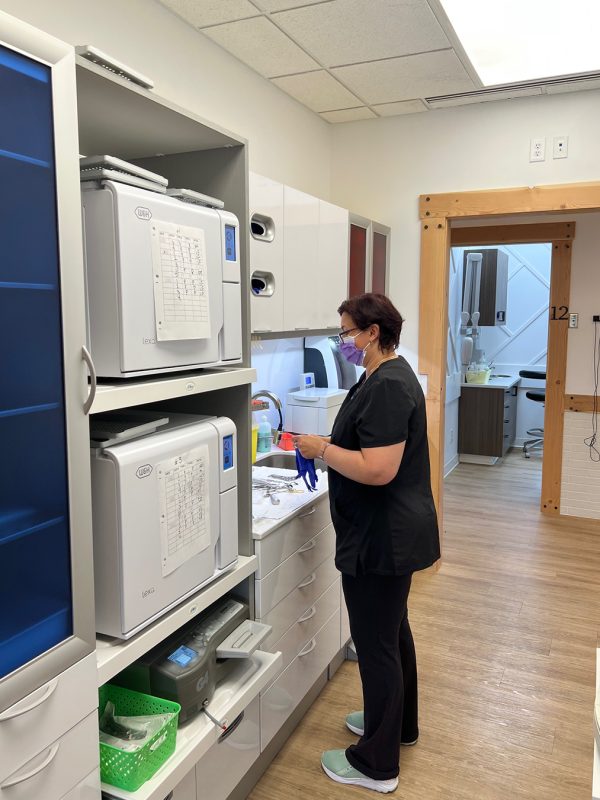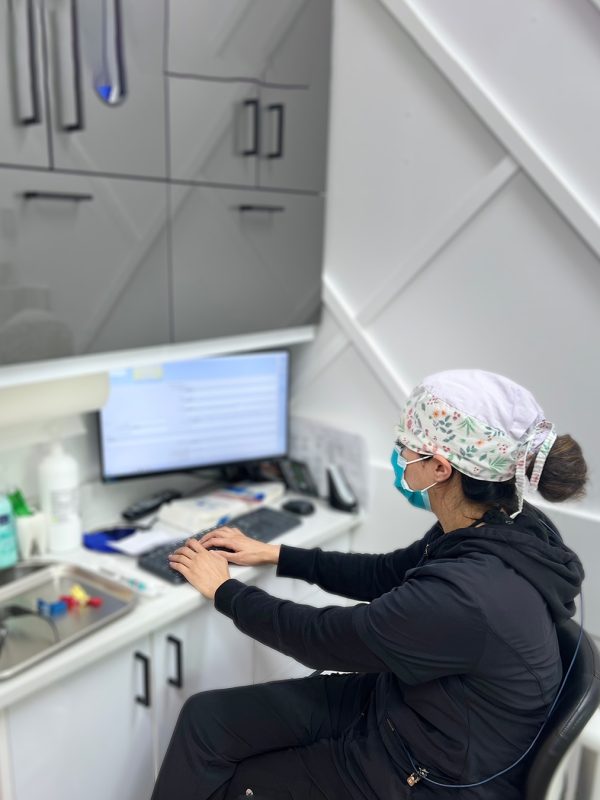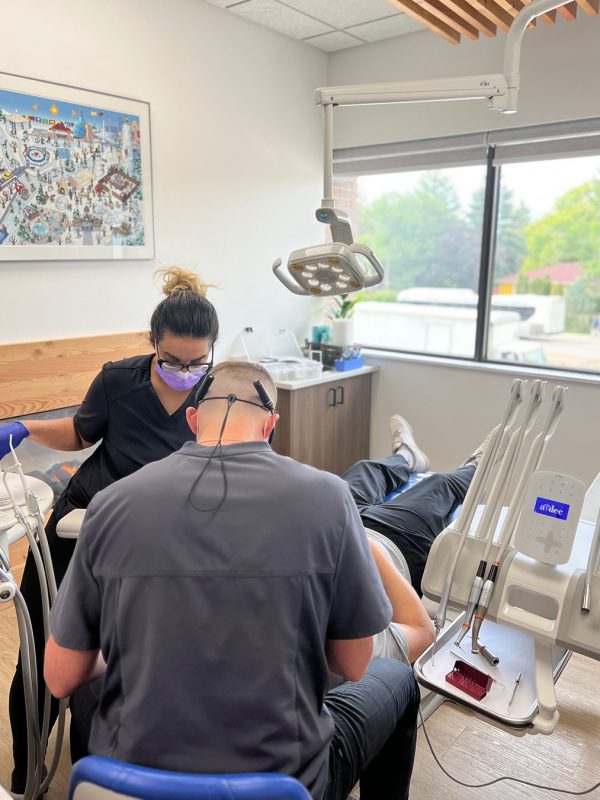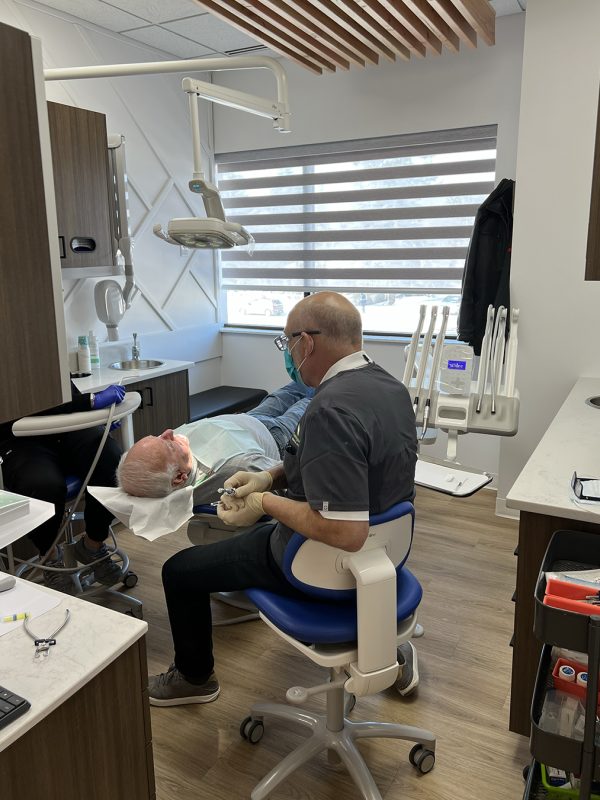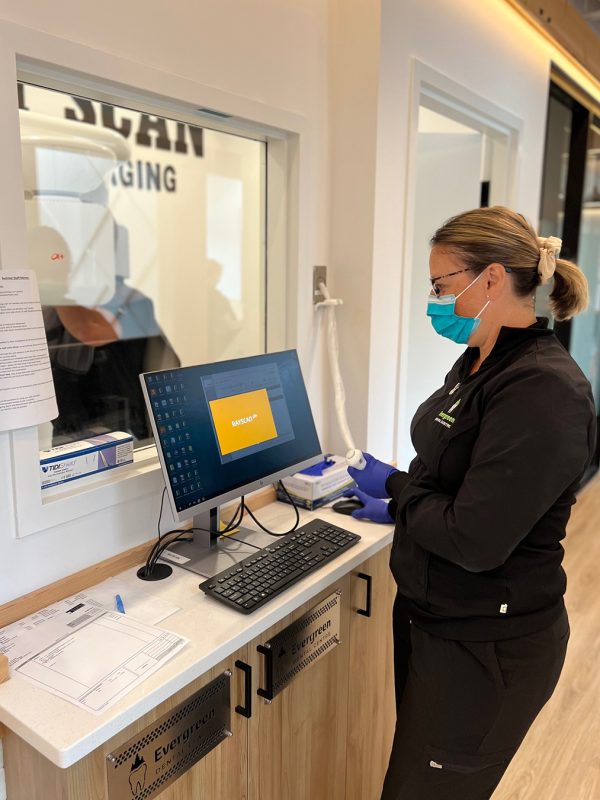Many people are familiar with common dental conditions like cavities or gum disease, but fewer have heard of hyperdontia—a rare condition where extra teeth develop in the mouth. While it may not always cause immediate discomfort, untreated hyperdontia can lead to dental complications such as misalignment, overcrowding, and bite issues. In this article, we will explore ‘what is hyperdontia’, its symptoms, prevention strategies, and what steps to take if you or someone you know has extra teeth.
Table of Contents:
What is Hyperdontia?
Hyperdontia is a dental condition characterized by the presence of supernumerary teeth, meaning extra teeth beyond the normal set of 20 primary (baby) teeth or 32 permanent (adult) teeth. These additional teeth can appear anywhere in the mouth, often near the incisors or molars, and may vary in size, shape, and alignment. While the exact cause of hyperdontia is not always clear, genetic factors and certain medical conditions, such as cleidocranial dysplasia or Gardner’s syndrome, have been linked to its development.
Types of Supernumerary Teeth
Supernumerary teeth can be classified based on their location and shape:
- By location:
- Mesiodens: The most common type, found between the two upper front teeth.
- Distomolars: Extra teeth located behind the molars.
- Paramolars: Small additional teeth that develop alongside molars.
- By shape:
- Conical: Small, peg-shaped teeth.
- Tuberculate: Barrel-shaped with multiple cusps.
- Supplemental: Resembling normal teeth but in excess.
- Odontomas: A mass of dental tissue that may resemble tooth-like structures.
The presence of extra teeth can sometimes go unnoticed, but in many cases, they cause crowding, misalignment, or difficulty in oral hygiene. Identifying the type and location of supernumerary teeth helps determine the best course of action for treatment.
Symptoms of Hyperdontia
While some people with hyperdontia experience no noticeable symptoms, others may encounter a range of issues. It’s important to remember that the severity and type of symptoms can vary greatly depending on the number, location, and shape of the extra teeth. Here are some common signs and symptoms to watch out for:
Visible Extra Teeth
- In some cases, the extra teeth can be easily seen, especially if they grow in front of or behind the normal teeth.
- They may look like small, extra bumps or fully developed teeth emerging from the gums.
Overcrowding and Misalignment
- Extra teeth can push other teeth out of alignment, causing crooked or overlapping teeth.
- This misalignment may affect your bite, making it harder to chew properly.
Pain or Discomfort
- Some people experience pain, swelling, or tenderness in the gums where the extra teeth are growing.
- If the extra teeth are pressing against nerves or other teeth, they can cause jaw pain or headaches.
Difficulty Cleaning Teeth
- Extra teeth can make it harder to brush and floss properly, increasing the risk of cavities and gum disease.
- Food particles and plaque may get trapped in tight spaces, leading to bad breath and other oral health issues.
Delayed or Blocked Tooth Eruption
- In children, hyperdontia can prevent baby teeth from falling out or block permanent teeth from coming in.
- This can lead to gaps, uneven growth, or teeth growing in unusual positions.
If you or your child have any of these symptoms, it’s best to consult a dentist for a proper evaluation. Early detection can help prevent complications and make treatment easier.
Prevention of Hyperdontia
Since hyperdontia is often linked to genetics and certain medical conditions, there is no guaranteed way to prevent it. However, early detection and proactive dental care can help minimize complications and ensure proper treatment when needed. Here’s what you can do:
Regular Dental Check-ups
Consistent dental visits are crucial for detecting hyperdontia, especially in children. Dentists can often identify extra teeth through routine examinations and X-rays, even before they cause any noticeable symptoms. Early detection is key for effective management.
Good Oral Hygiene
Maintaining excellent oral hygiene is essential for everyone, but it’s particularly important for individuals with hyperdontia. Proper brushing and flossing can help prevent cavities and gum disease, which can be more challenging to manage when extra teeth are present.
Early Orthodontic Evaluation
If your child has crowded or misaligned teeth, an early orthodontic evaluation (around age 7) is recommended. Orthodontists can identify underlying issues, including hyperdontia, and recommend appropriate treatment to guide proper tooth eruption and alignment.
Awareness of Family History
If you have a family history of hyperdontia or related genetic conditions, inform your dentist. This information can help them be more vigilant during examinations and consider potential risks.
While you can’t prevent hyperdontia itself, these proactive measures can significantly reduce the risk of complications and ensure timely intervention if extra teeth are present.
Conclusion
Understanding ‘what is hyperdontia’ is the first step toward addressing any concerns you may have about extra teeth. While the presence of supernumerary teeth can sometimes be asymptomatic, it’s crucial to be aware of the potential complications, from misalignment and overcrowding to difficulties with oral hygiene. Early detection through regular dental check-ups and proactive oral care are essential for managing hyperdontia effectively. Remember, a healthy smile is a collaborative effort between you and your dental professional.
If you suspect hyperdontia or have concerns about your dental health, scheduling an appointment with our dentist is the best next step. A professional evaluation can provide clarity and personalized treatment options to keep your smile healthy and comfortable.





